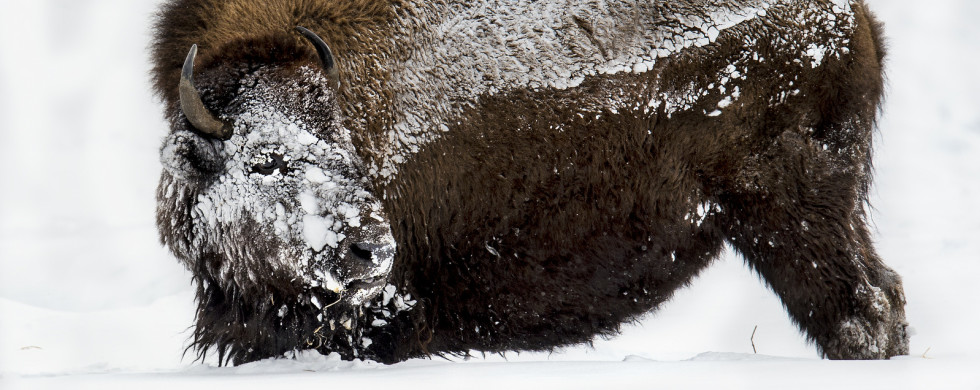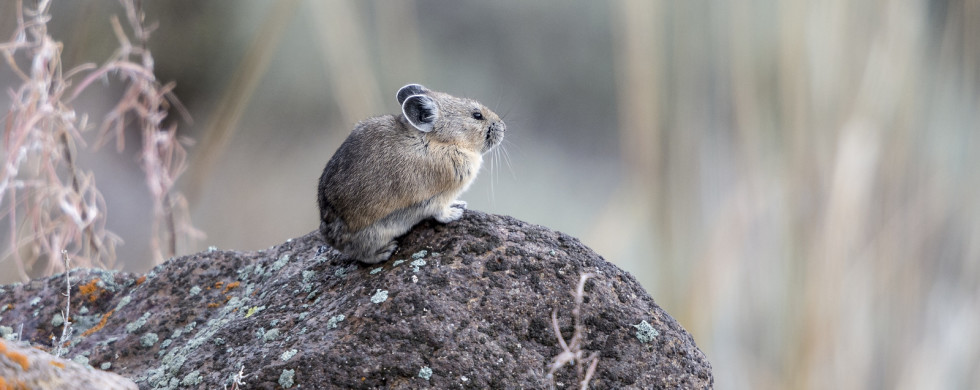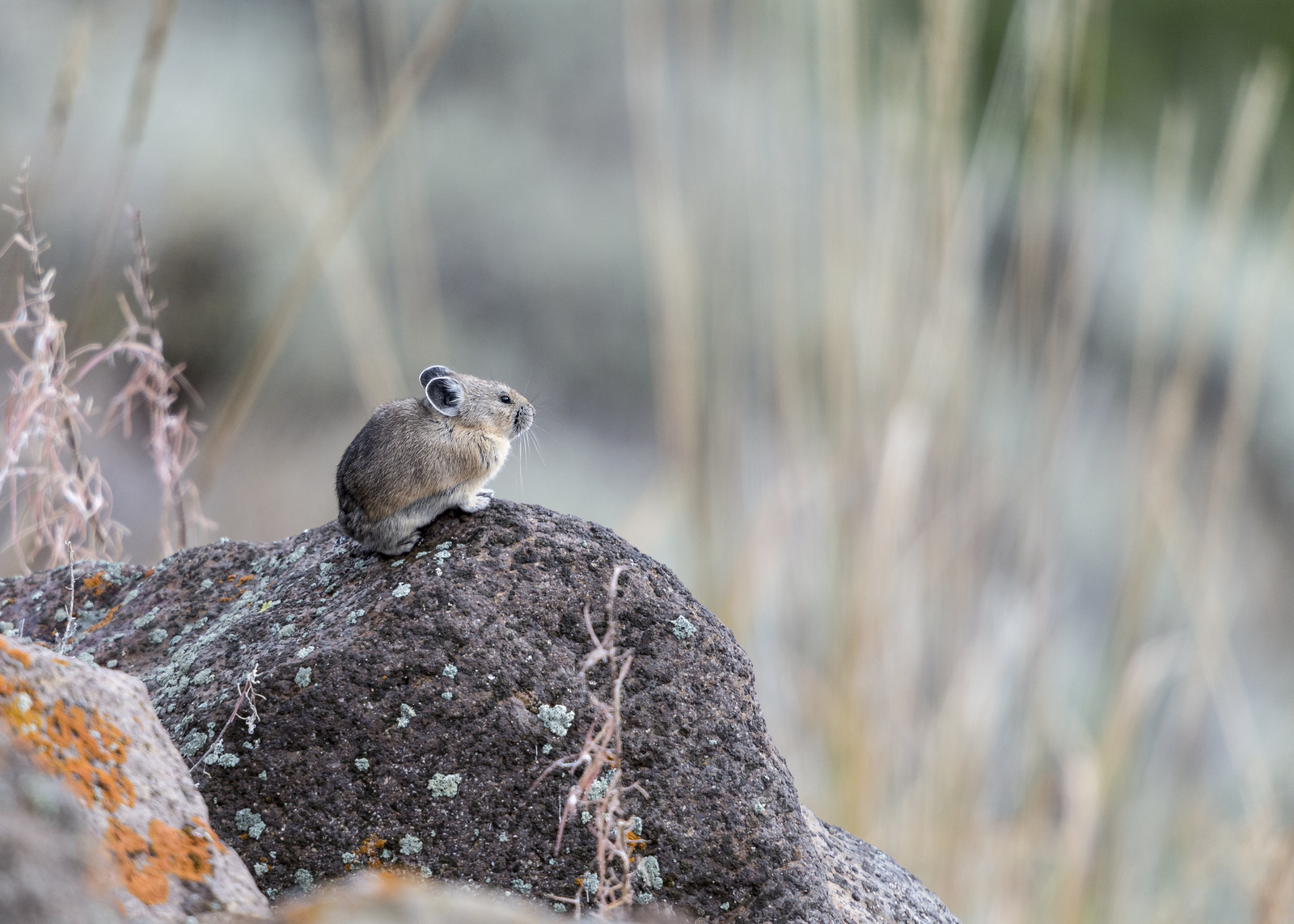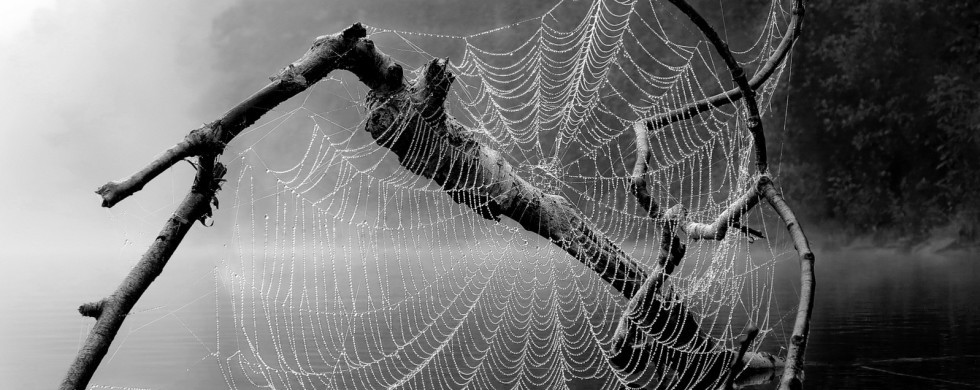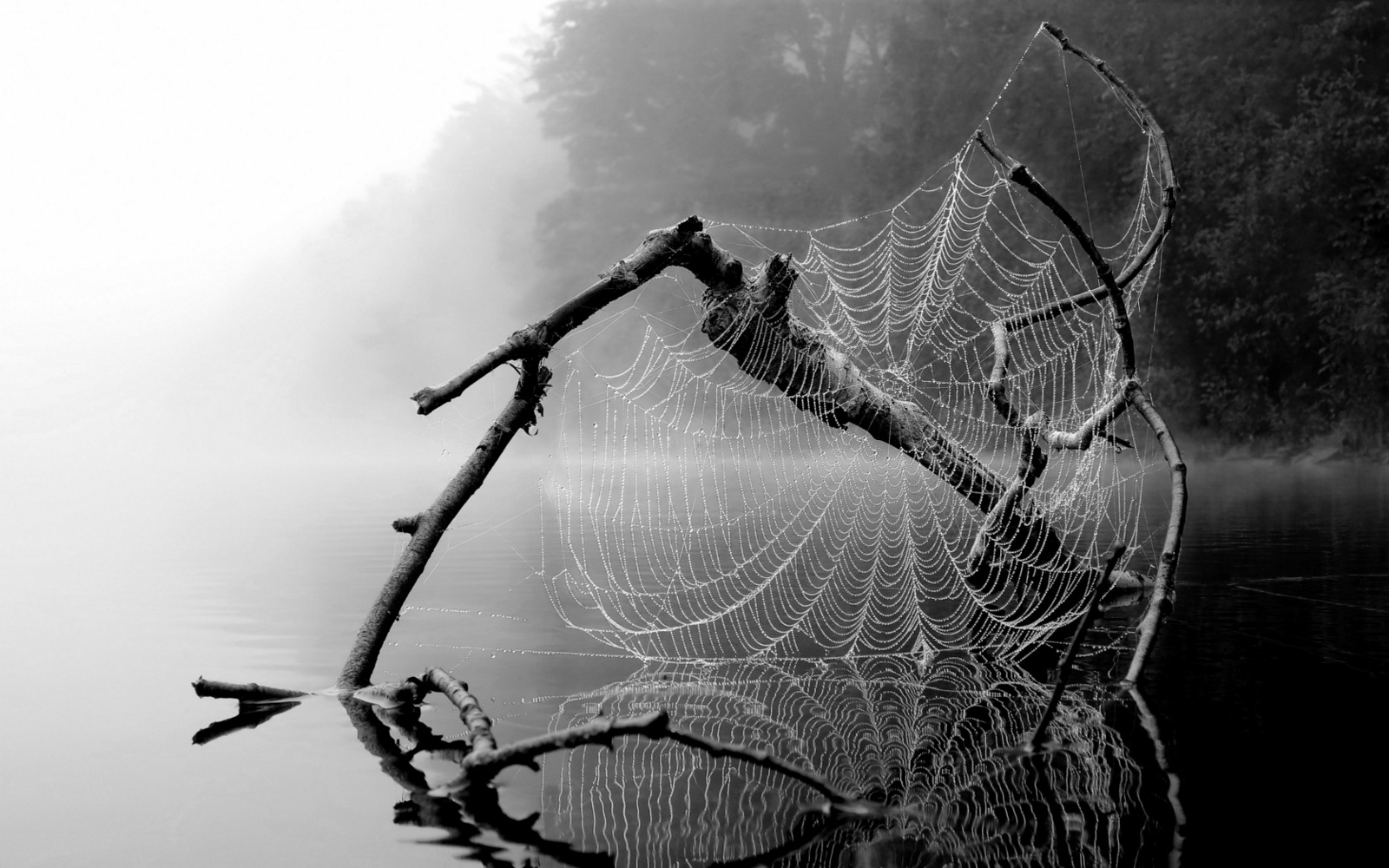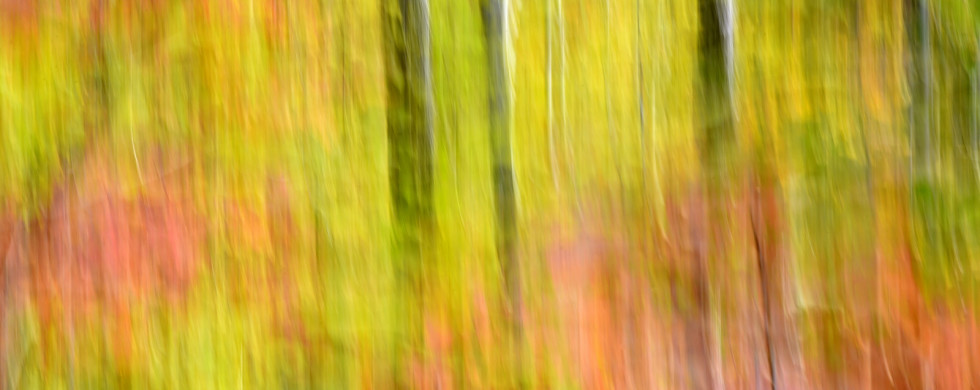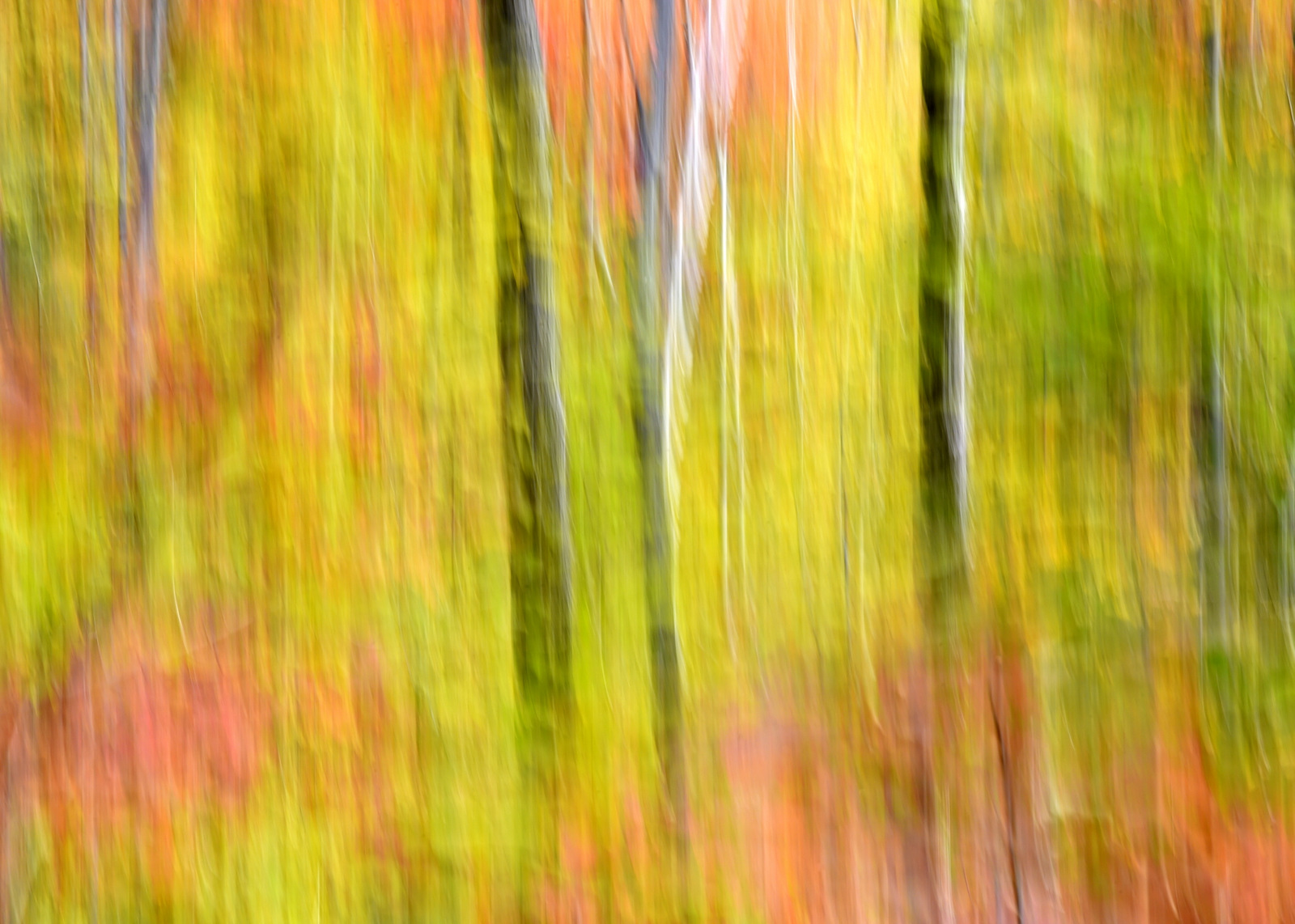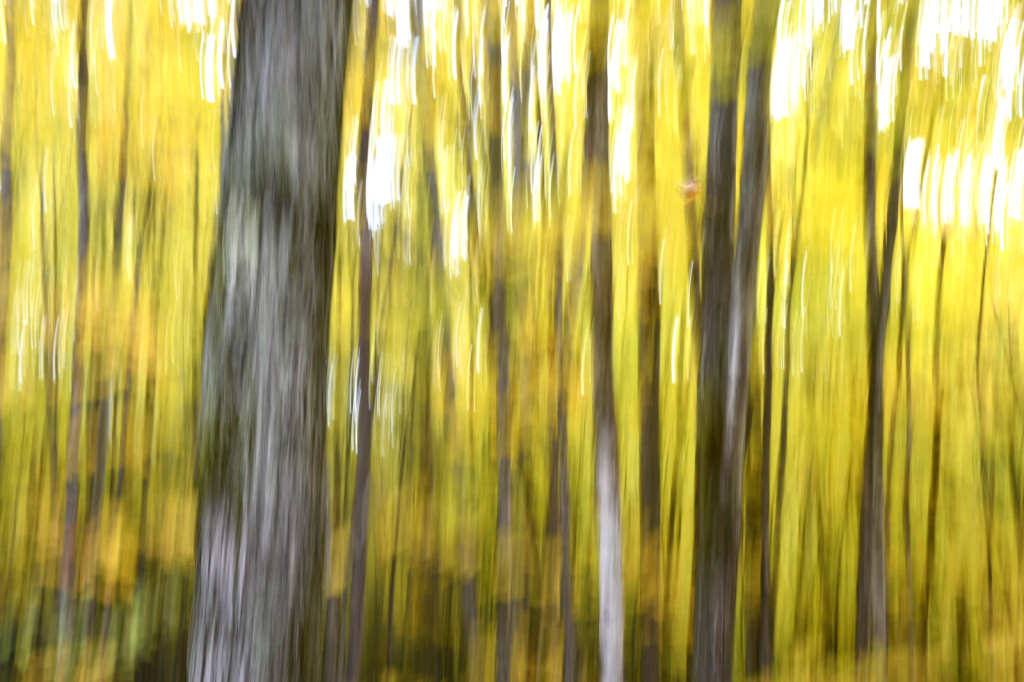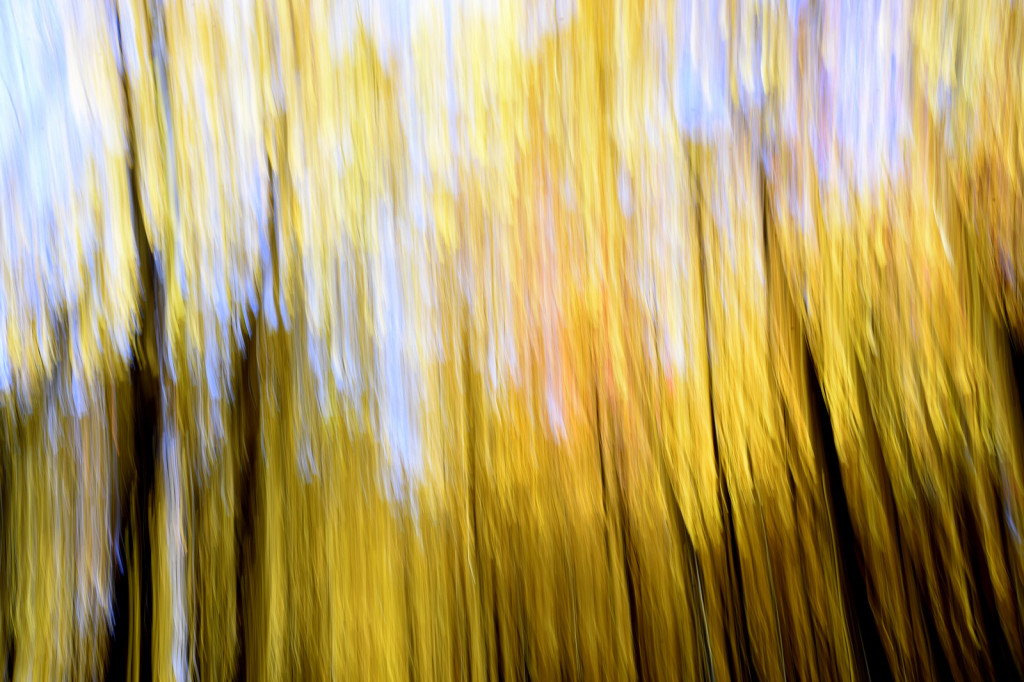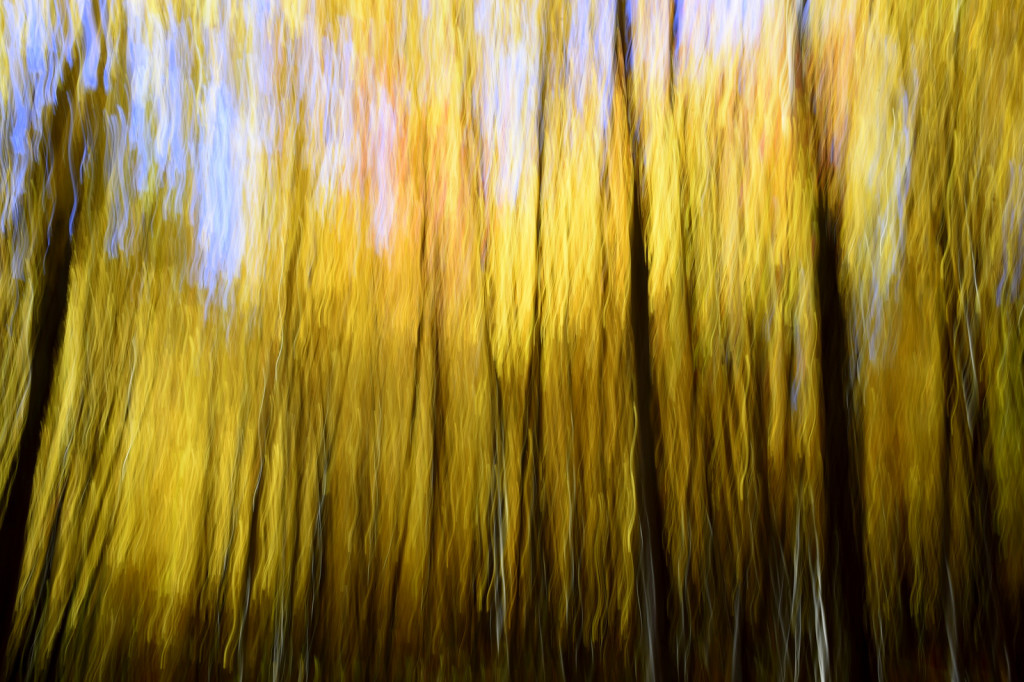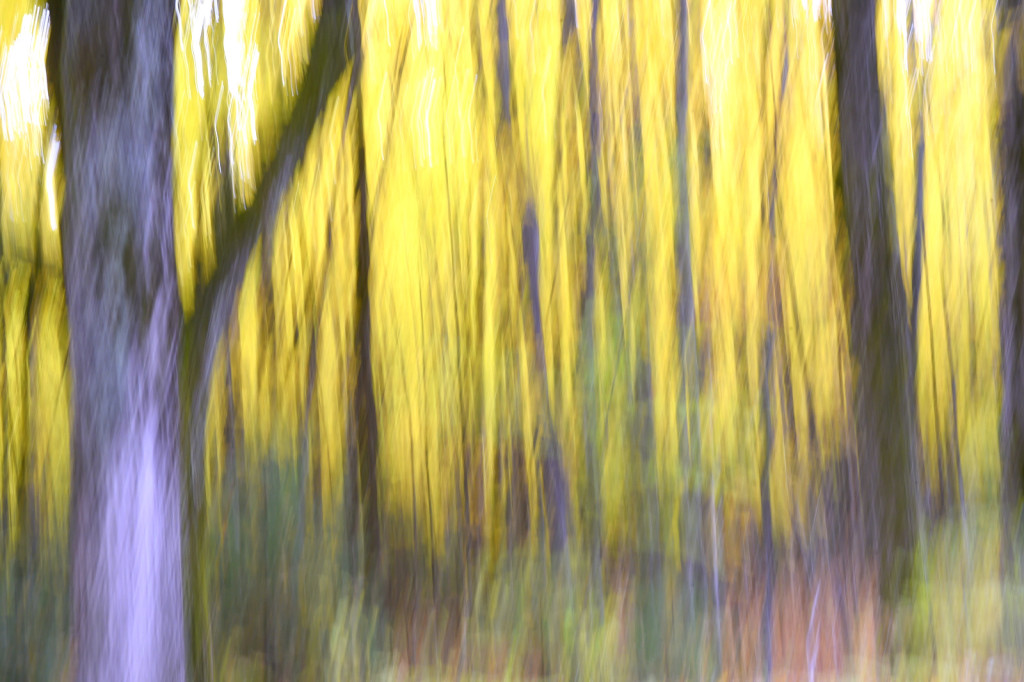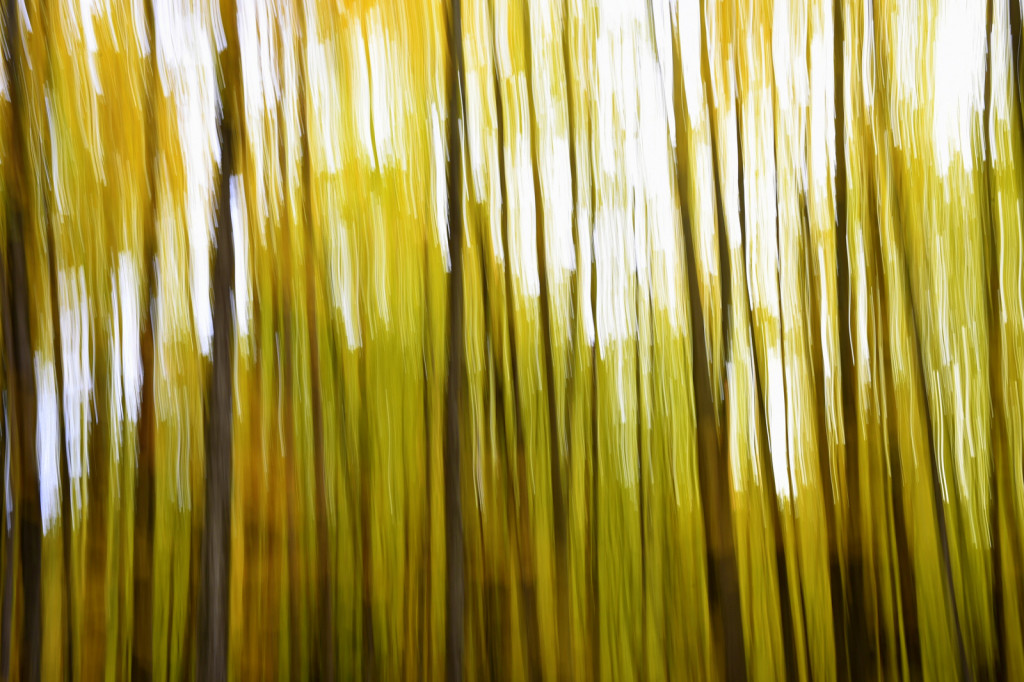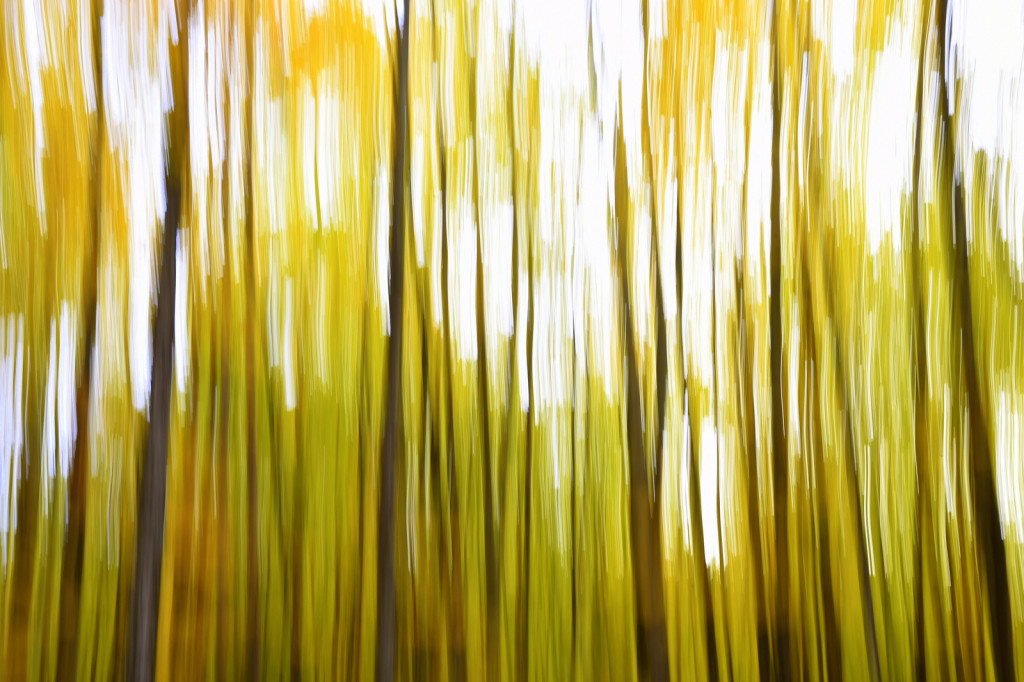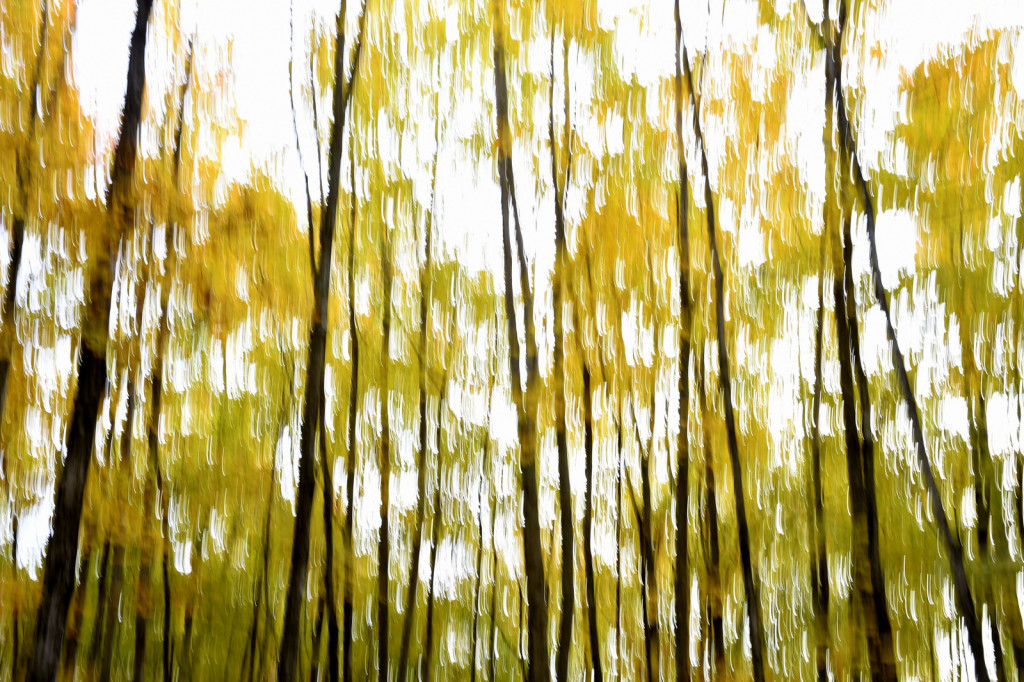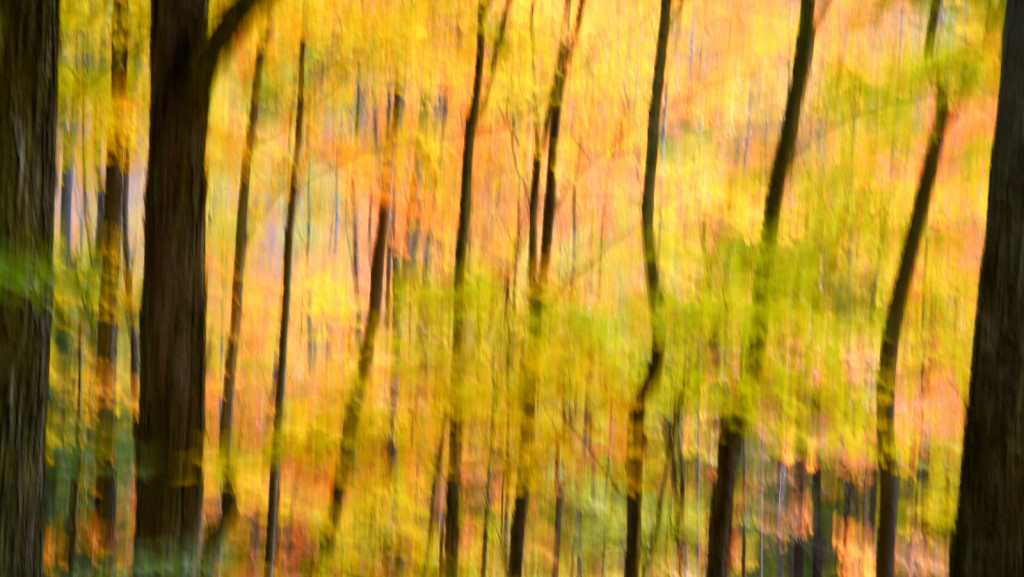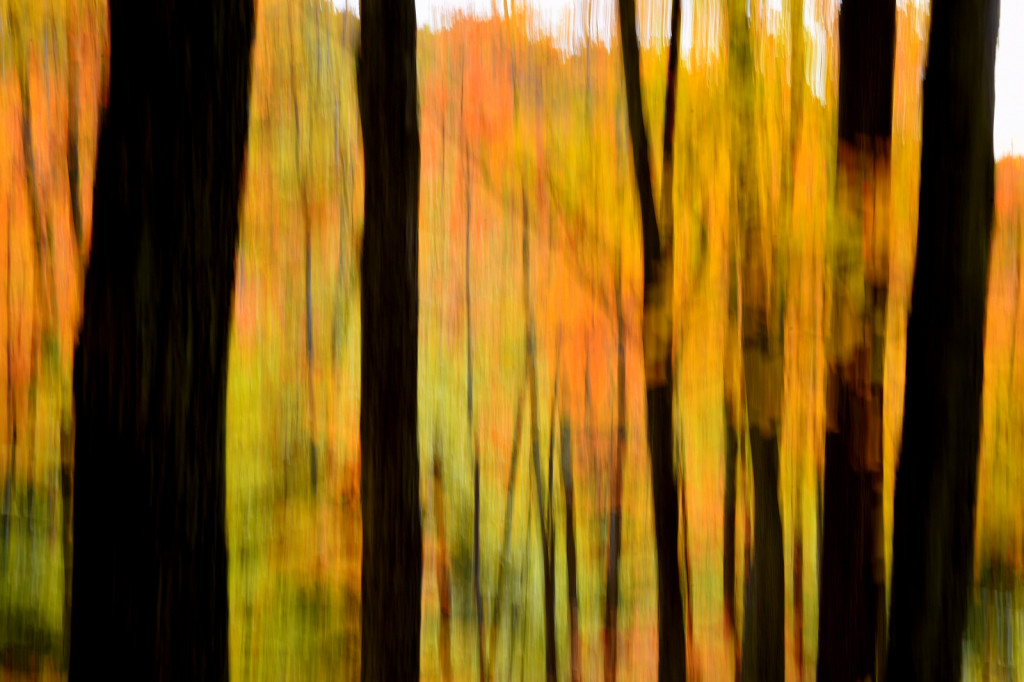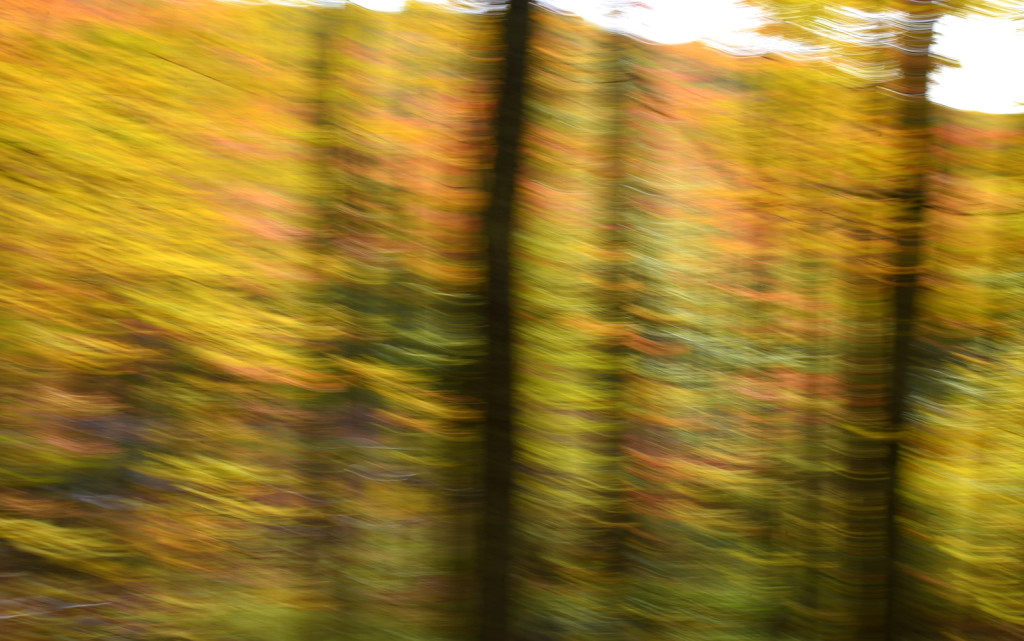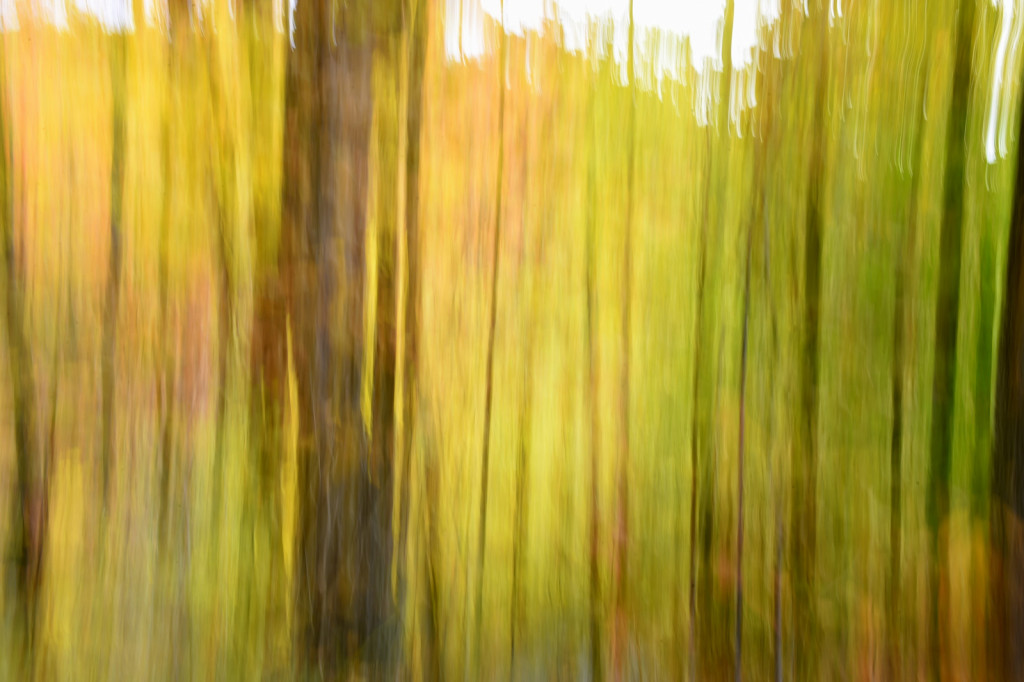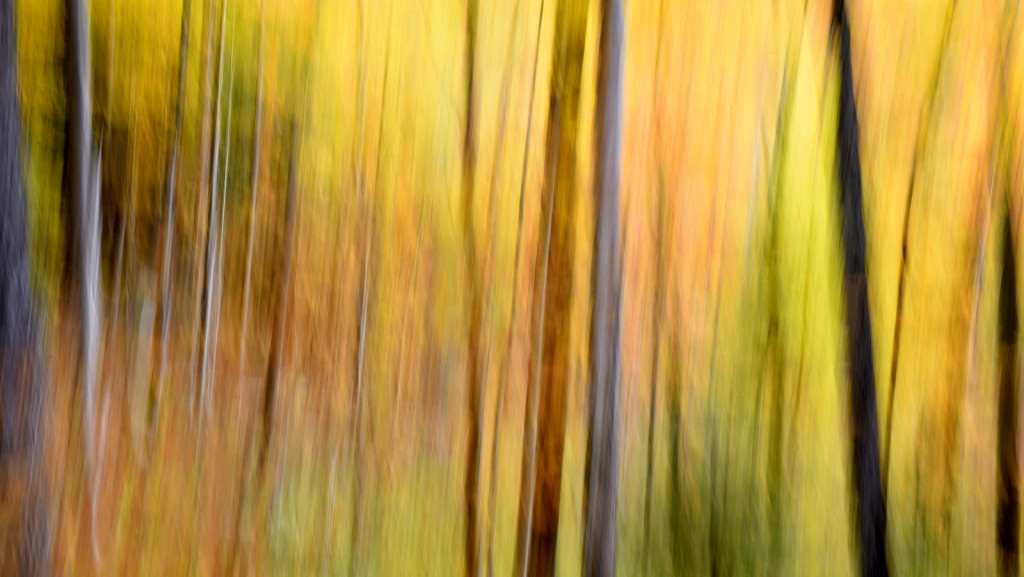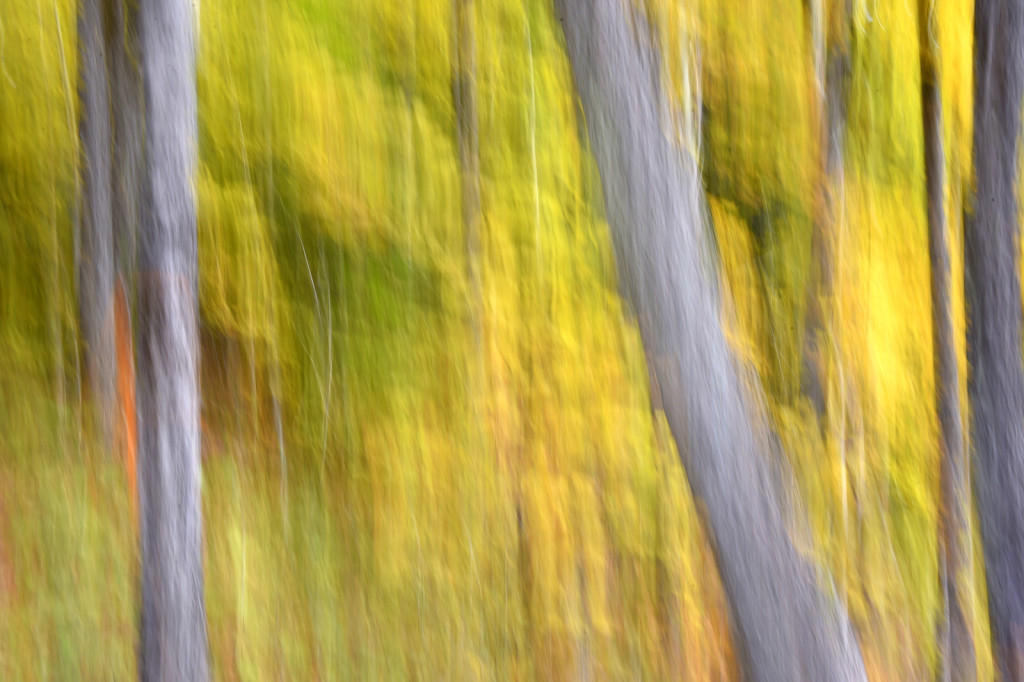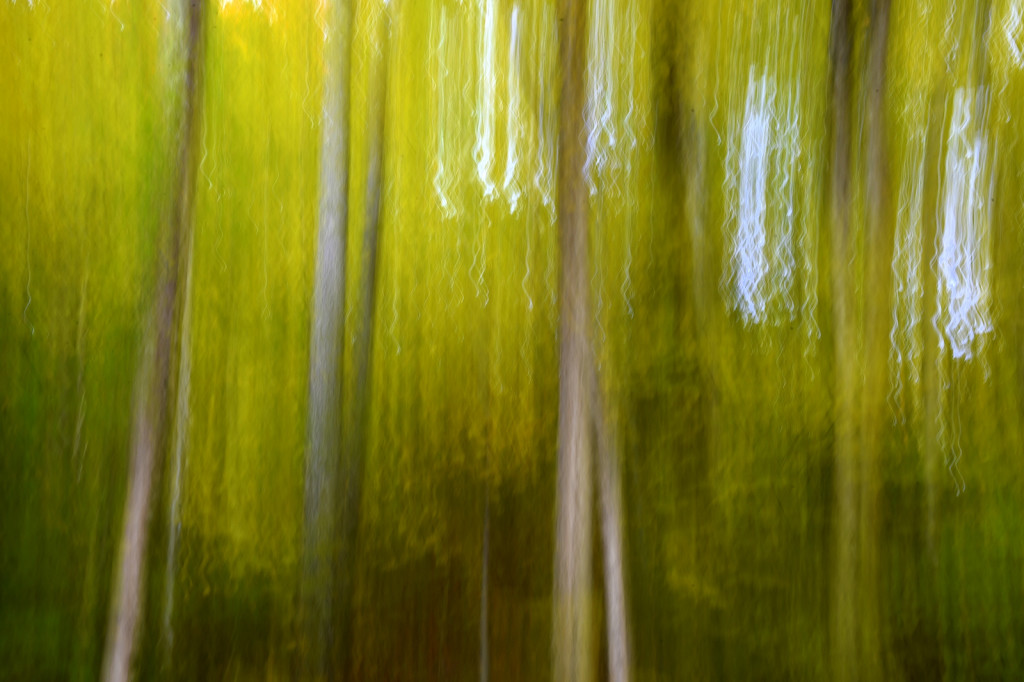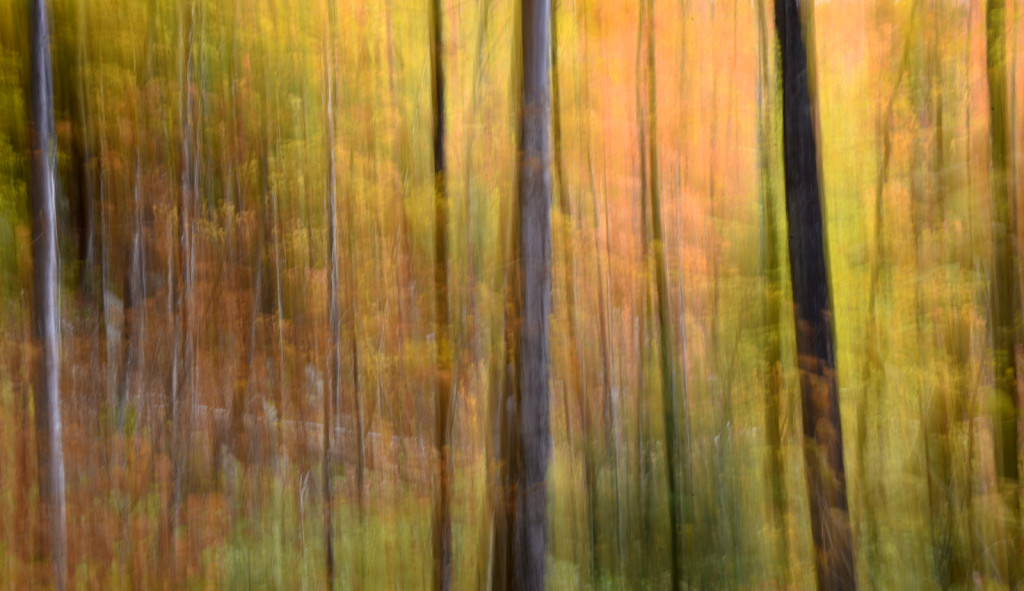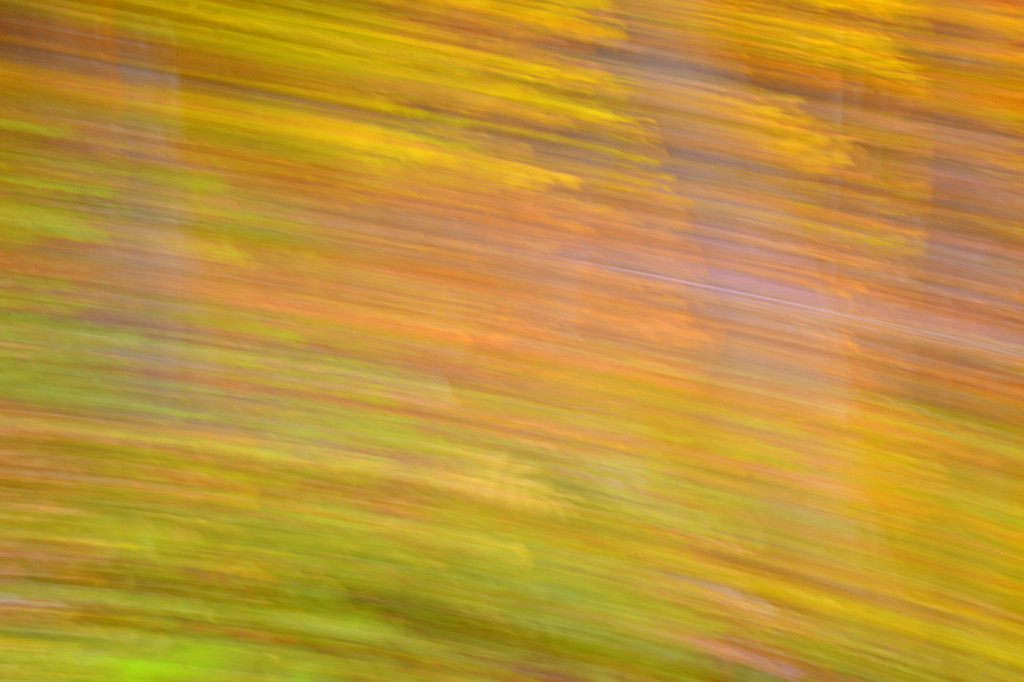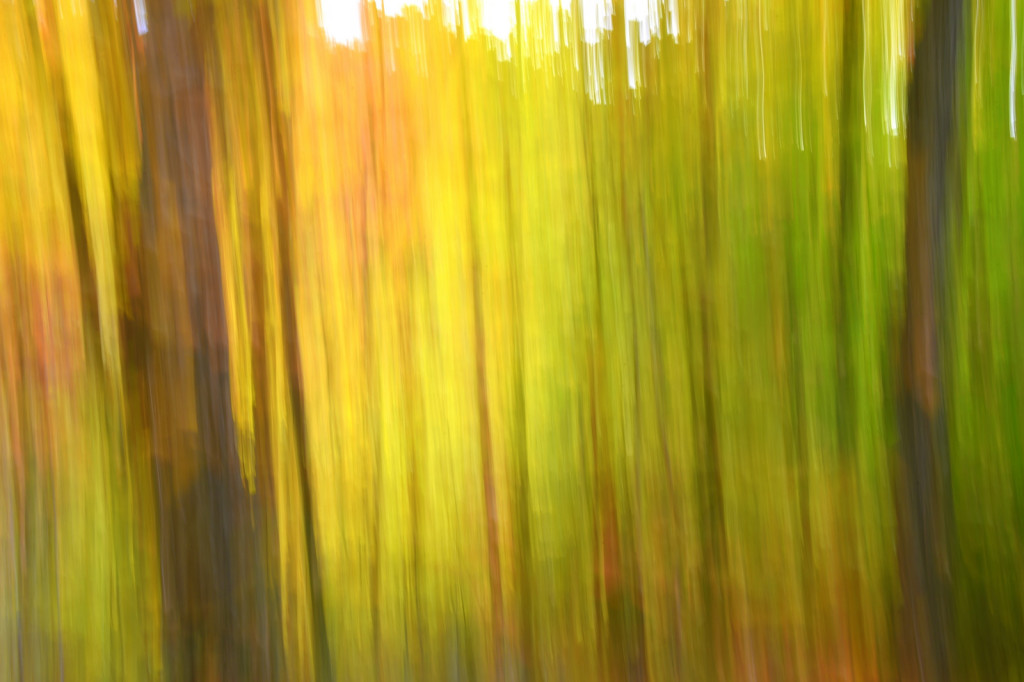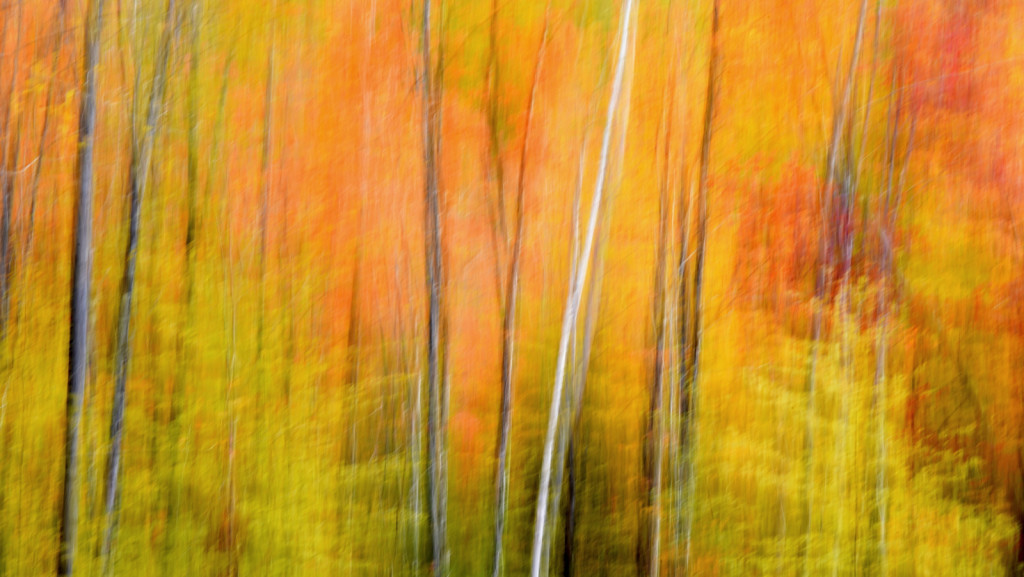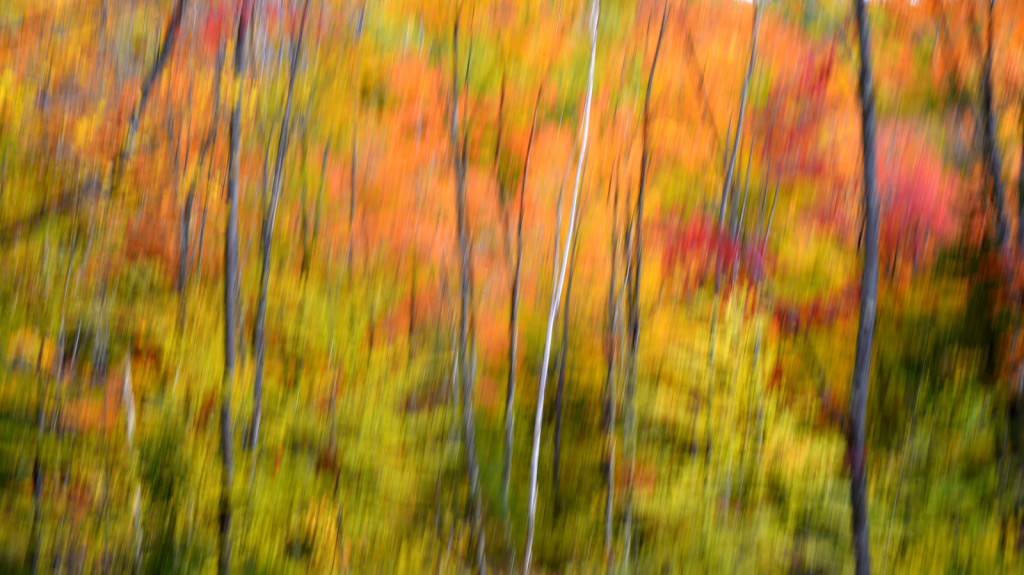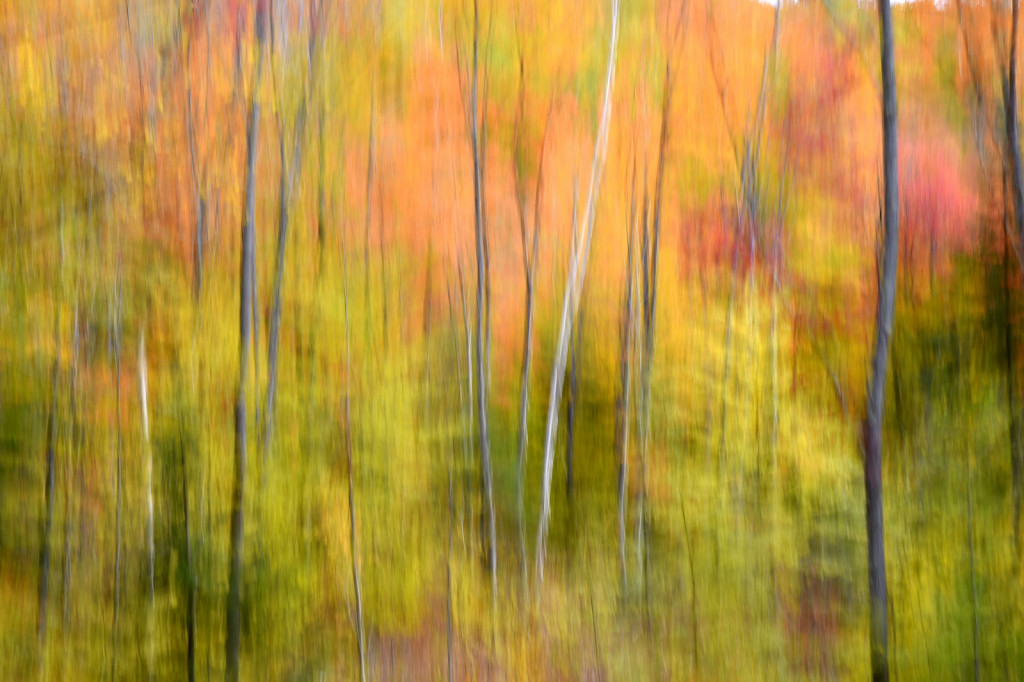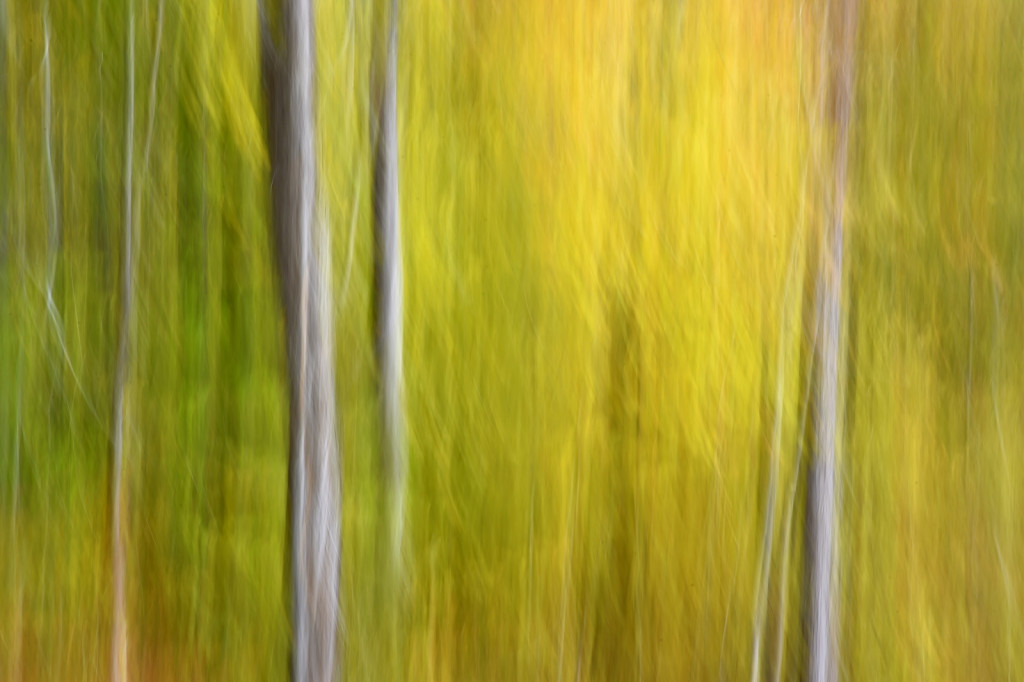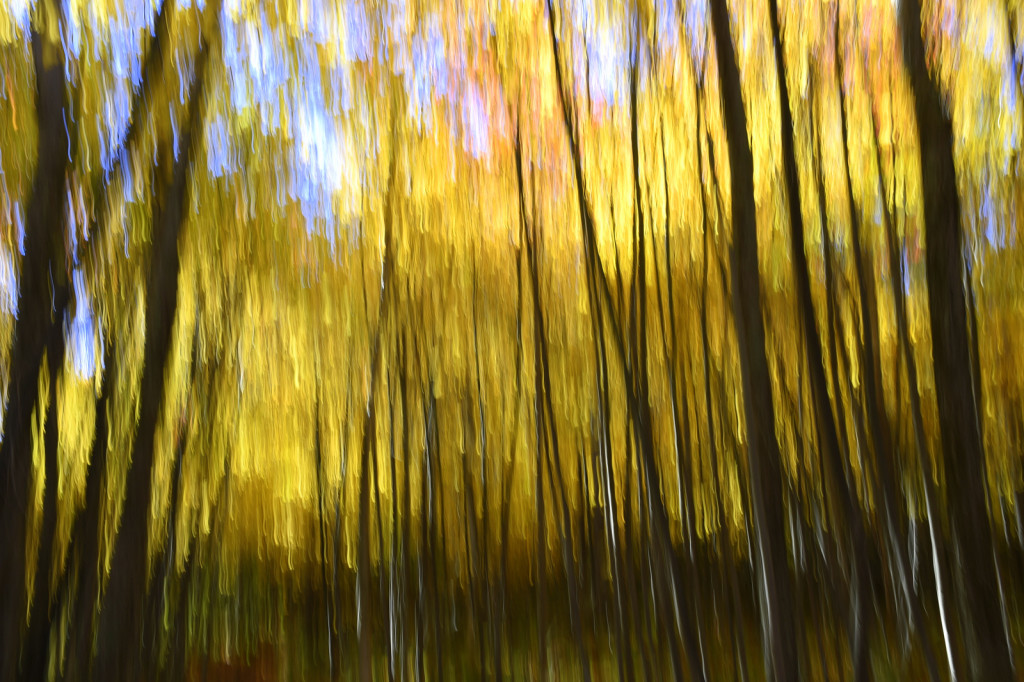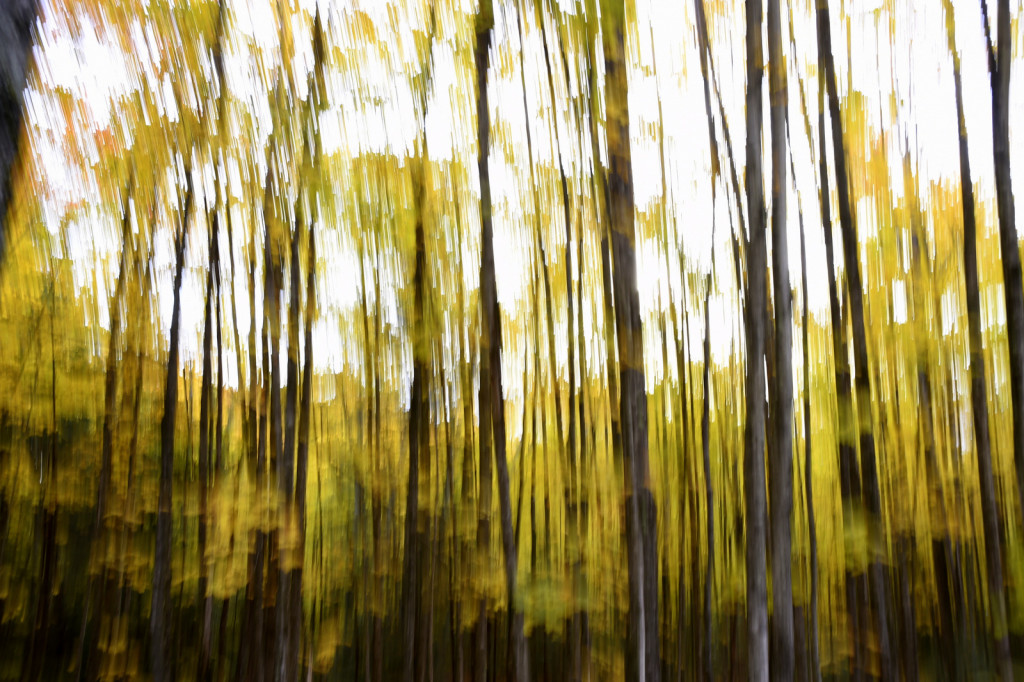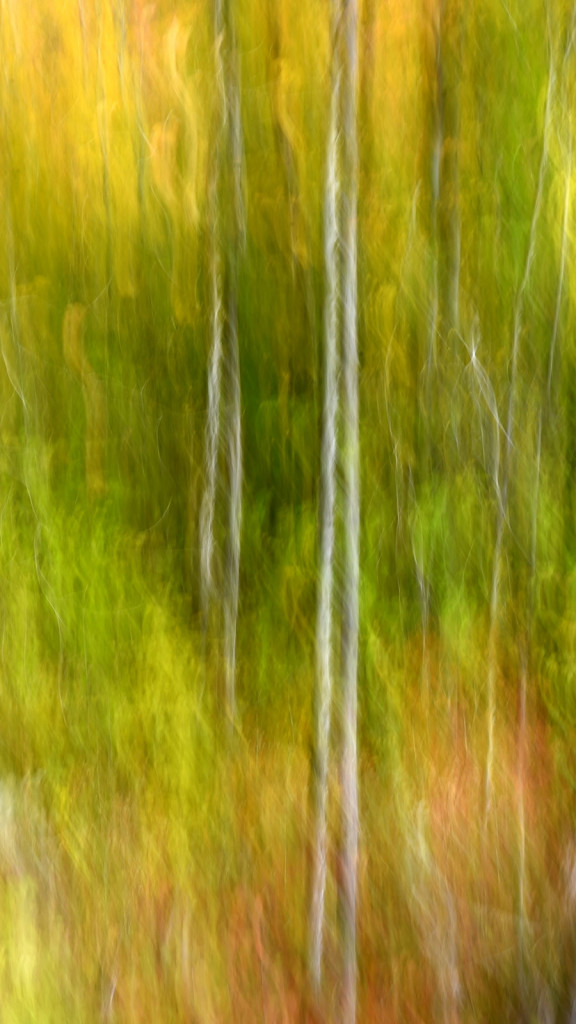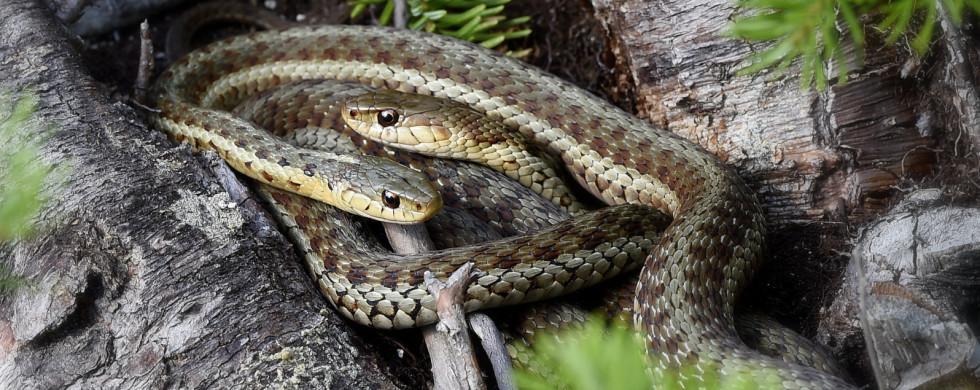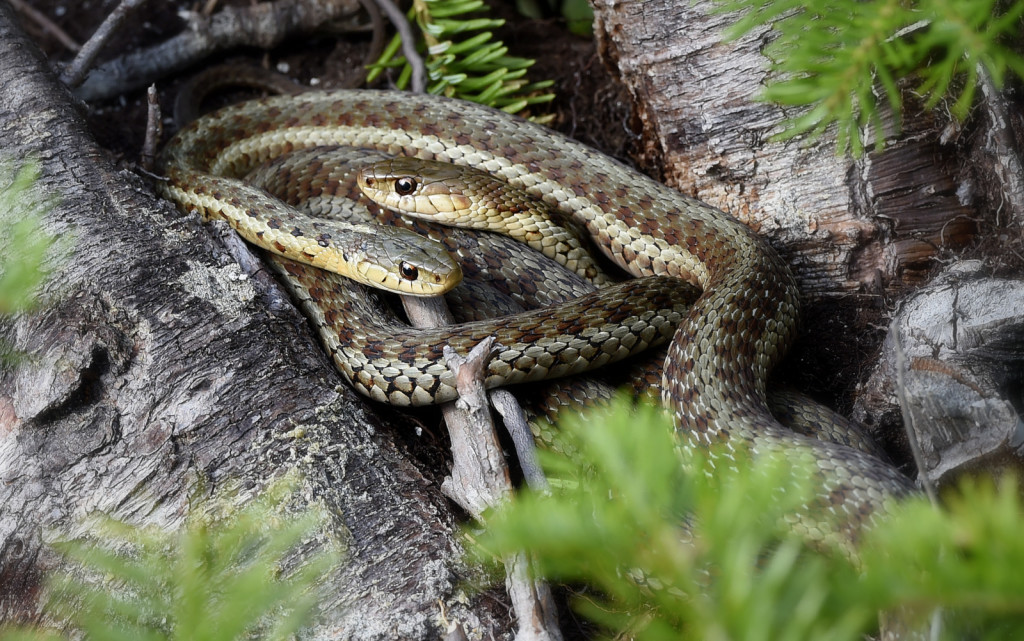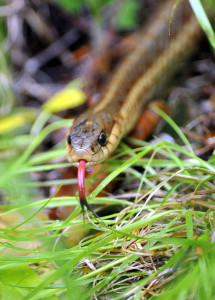31
Shot of the Month – December 2016
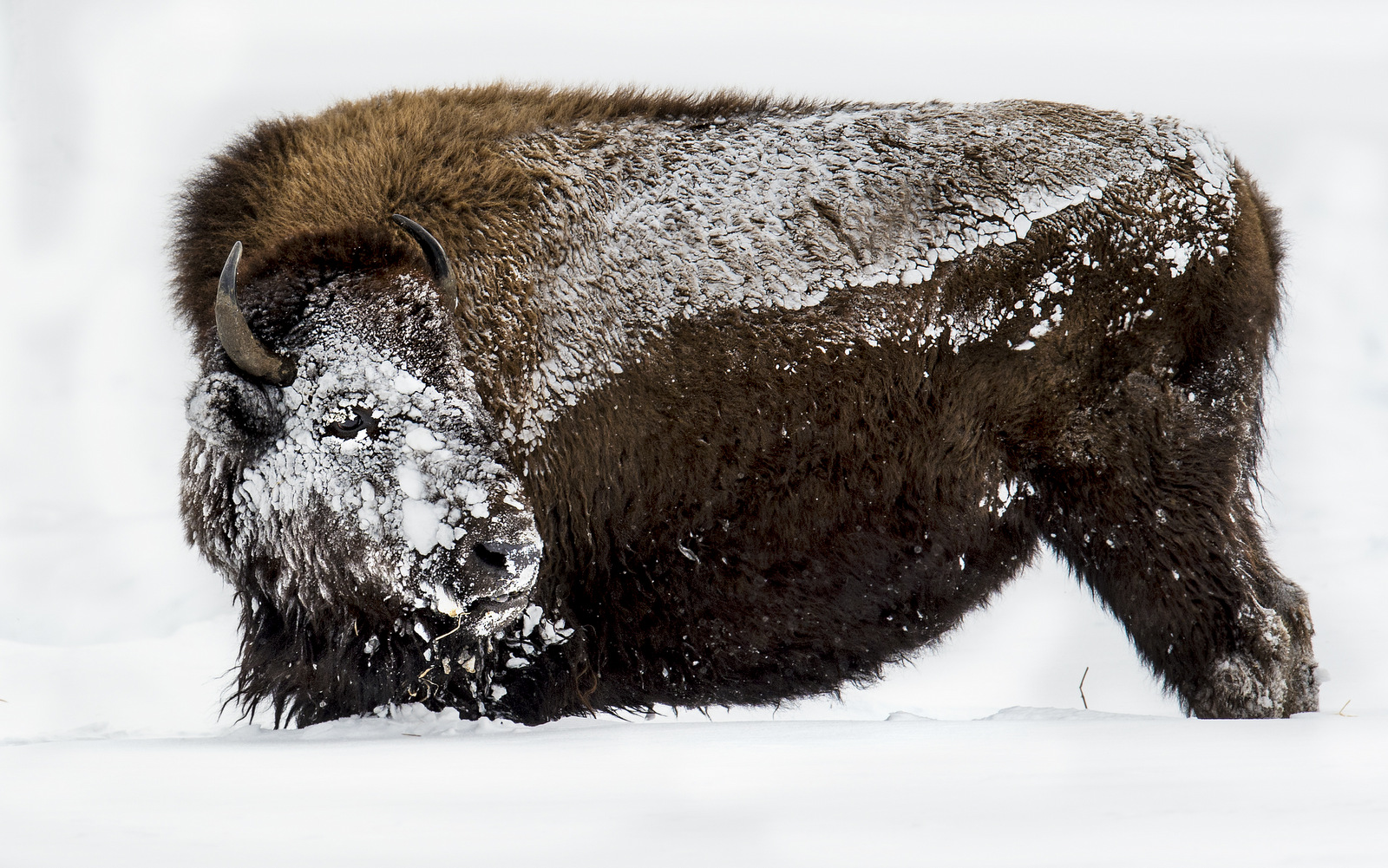 One look at this image and most of us shudder with cold in sympathy for this poor beast. Some might even clamor — “Help that poor animal, he must be freezing to death.” I am a real wimp when it comes to the cold and I normally walk around the house wearing multiple layers and a fleece — I seem to always be cold. So, upon seeing this bison in Yellowstone NP, standing in deep snow and generally covered in the white stuff, I felt quite despondent for him.
One look at this image and most of us shudder with cold in sympathy for this poor beast. Some might even clamor — “Help that poor animal, he must be freezing to death.” I am a real wimp when it comes to the cold and I normally walk around the house wearing multiple layers and a fleece — I seem to always be cold. So, upon seeing this bison in Yellowstone NP, standing in deep snow and generally covered in the white stuff, I felt quite despondent for him.
Well, dear friends, the nature science folks tell us that we can all relax. Bison have evolved over millions of years to deal with this type of weather. Our human concepts of what is cold simply don’t really apply in the bison world. When I photographed this bison I was standing in waist-deep snow and it was about 16° Fahrenheit. There was also a gusty wind that would swirl about causing mini blizzards every few minutes such that I would lose sight of this massive beast for a few seconds at a time. In Yellowstone, a temperature of 16° F is considered “moderate” — almost balmy conditions considering that temperatures can easily drop down to -30° F and beyond.
I have been told by park officials that bison don’t feel the cold until it reaches about -40° F. Nope, not a typo. In the winter a bison will grow a coat of woolly underfur with coarse guard hairs that protects them from the elements. This rich coat has 8 times the number of hair follicles compared to cattle. The fur is thickest on the bison’s head, on the front of their body and on their forelegs. When the wind blows us humans will often turn our backs to the wind to avoid the worst of it. Bison have no need for such contortions; given their full fur defense they are quite content to face directly into the onslaught. The bison swings its massive head into the snow to clear the way so that it can eat the grass that lies beneath — the body is so well insulated that the snow does not melt as you can see in this photo.
So, now you know, the next time you see what looks like a poor, freezing bison, you can rest assured that he is most likely doing just fine and is rather, just chillin.
Until next month….michael
🙂
Nikon D4S, Nikon 600mm, 1.4 x TC (effective 850mm), f/9, 1/640 s, +1 EV, ISO 500

